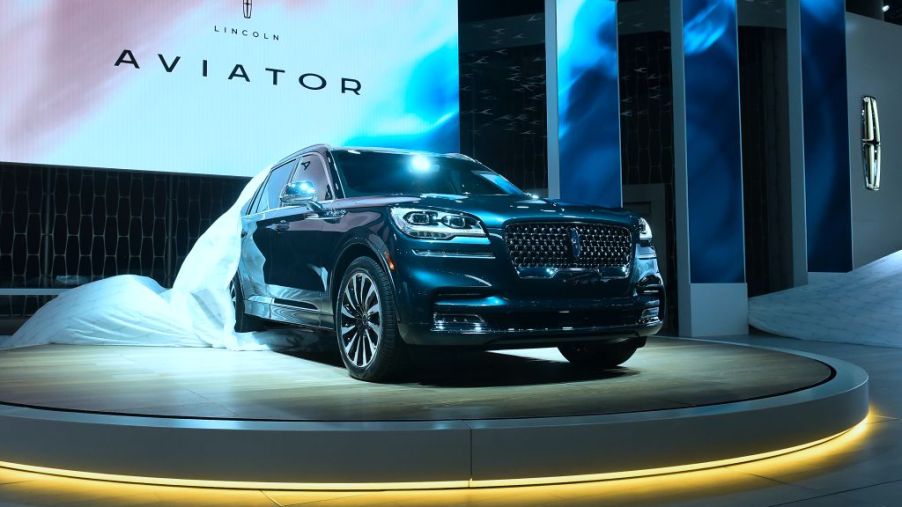
The Most Common Lincoln Aviator Problems to Deal With
After 15 long years, the Lincoln Aviator SUV is back. The new 2020 Aviator is turning heads, even if it’s flying under the radar simultaneously. Unfortunately, this luxury SUV has also been the target of criticism, leading potential consumers to worry about its reliability. With three recalls already on the books, it may be wise to wait before purchasing the 2020 Lincoln Aviator. But it’s only been 15 years since the 2005 Aviators were on the road–what’s wrong with an older version?
The history of the Lincoln Aviator

The first Lincoln Aviator model year was 2003, rolling off the line in late 2002. Despite a warm reception, the model only lasted three years. While some features of the Aviator were moved into the MKX, it was largely forgotten until last year.
In 2019, Lincoln fired up production once again on the Aviator. Plenty of older models are still on the road. After 15 years, consumers have made it well-known what pesky Aviator problems they’re sick of. According to CarComplaints, the worst complaint with the 2003 model year is a “crack in the rear panel.” The 2004 model? “Cracked rear panel.” And the 2005 Lincoln Aviator? You better believe it; it’s a “crack in the rear panel below the window.”
There’s something to be said for consistency, right? It’s too soon to tell if the 2020 Aviator will experience the same issues, but hopefully, Lincoln took notes when they saw that all three previous model years had the same significant complaints.
More old Aviator complaints

In addition to the rear panel crack, all three Aviator model years saw assorted issues with the engine. The 2003 Aviator saw multiple complaints about the shifter rod being broken, the gear shifter being stuck, and rough shifting in general.
The 2004 Aviator had the most complaints, but they focused on the engine’s performance–shutting off while driving (!), burned-up valves, and sputtering, coughing, or stalling. The last Lincoln Aviator to see production until this year, 2005, also had reports of transmission failure or failure to come out of the park.
On average, these issues occurred between 50,000 and 80,000 miles. That’s a long way if you’re leasing the car and plan to have it back at 36,000 miles, but it’s far too early if you’ve purchased it and intend to drive it for decades.
On the cost axis, these problems can generally be fixed pretty cheaply. Most of the cracked panels are cosmetic damage and run between $500 and $1,500 to permanently take care of. However, like with other vehicles, anything involving the transmission or engine can quickly skyrocket in cost.
Impact of the most common problems
One complaint on the Car Complaints Aviator page reported that it had been in the shop for longer than they’d driven it due to the rear panel cracking. Everyone is welcome to their exaggerations, of course, but this does seem to point to a widespread issue on Lincoln’s end.
But along with the transmission and engine issues, it just doesn’t make sense to spring for a luxury SUV that will be an additional drain on your pocket to repair constantly.
With 15 years between the old Aviator and the 2020 model, it makes sense that Lincoln may have fixed these issues. However, it’s not necessarily wise to go out and buy a new Aviator tomorrow. Plenty of other vehicles in the class have proven reliability records, and there are many options if you need a new SUV today. But don’t let us stop you if you’ve got your eye on the Aviator. Just keep an eye on that rear panel.


